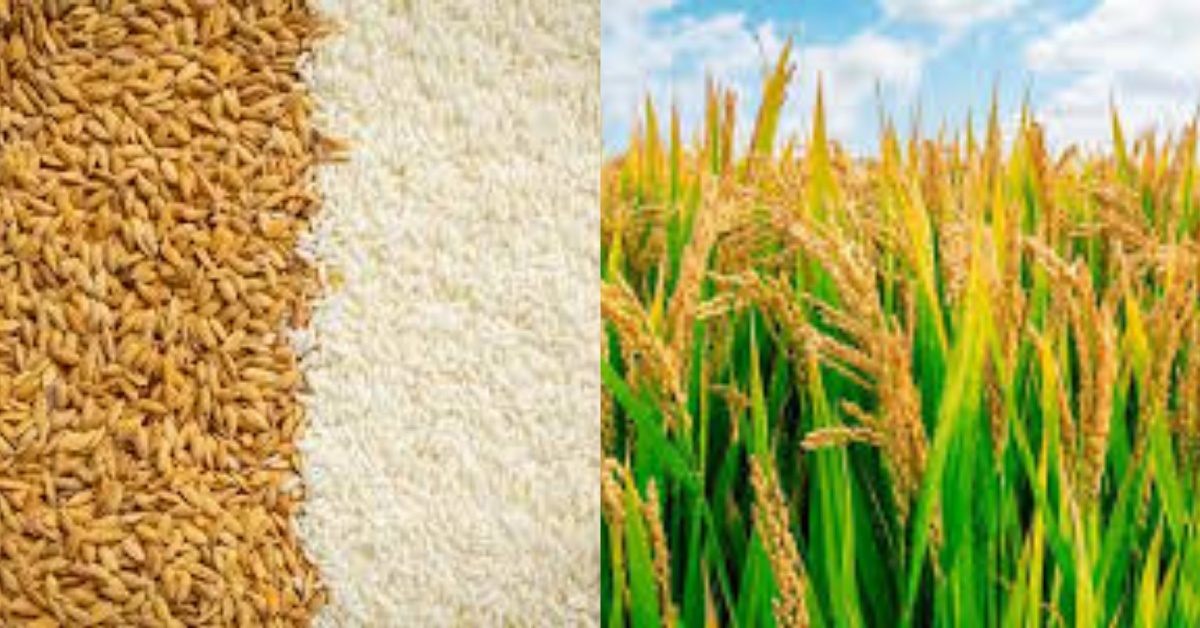Production of main crops declined between 2011 and 2018. Domestic production of paddy rice fell by 0.2 million tons from 1.1 million tons in 2011 to 0.9 million tons in 2019 according to the Food and Agriculture Organisation (FAO).
The share of farming households that cultivate rice declined, from 91 per cent in 2011 to 79 per cent in 2018. The share of farmers raising rice declined in all districts. The largest reduction was in the Bonthe and Bo districts, where the share of rice-growing households declined by 20 percentage points.
According to the World Bank Poverty Assessment launched last week, it revealed that the share of farmers that grow cassava increased significantly. In the Bo district, the share of cassava-cultivating households increased from 38 per cent in 2011 to 68 per cent in 2018.
Production of cassava increased every year between 2011 and 2018. Although cassava is not likely to substitute for rice in the near or even long term, it’s popularity will likely keep expanding, thanks to its reliability and resistance to pests and droughts.
Rice remains the major crop for farming household representing almost a third of all crops grown by farming households (by value). The figure changed little between 2011 and 2018.
The share of cassava cropping increased, from 7.8 per cent in 2011 to per cent in 2018. Groundnut is also important, as both a cash and food crop. It represented 9.8 percent of farming crop output in 2018.
The importance of maize, beans, and millet sharply declined between 2011 and 2018 and the importance of pepper increased. The importance of cash crops did not change. Oil palm represented 4.1 per cent, cocoa 2.3 per cent, and coffee 1.2 per cent of the farming crop portfolio in 2018, roughly the same as in 2011.


 Post a comment
Post a comment









Comment(s)
Disclaimer: Comments expressed here do not reflect the opinions of Sierraloaded or any employee thereof.
Be the first to comment